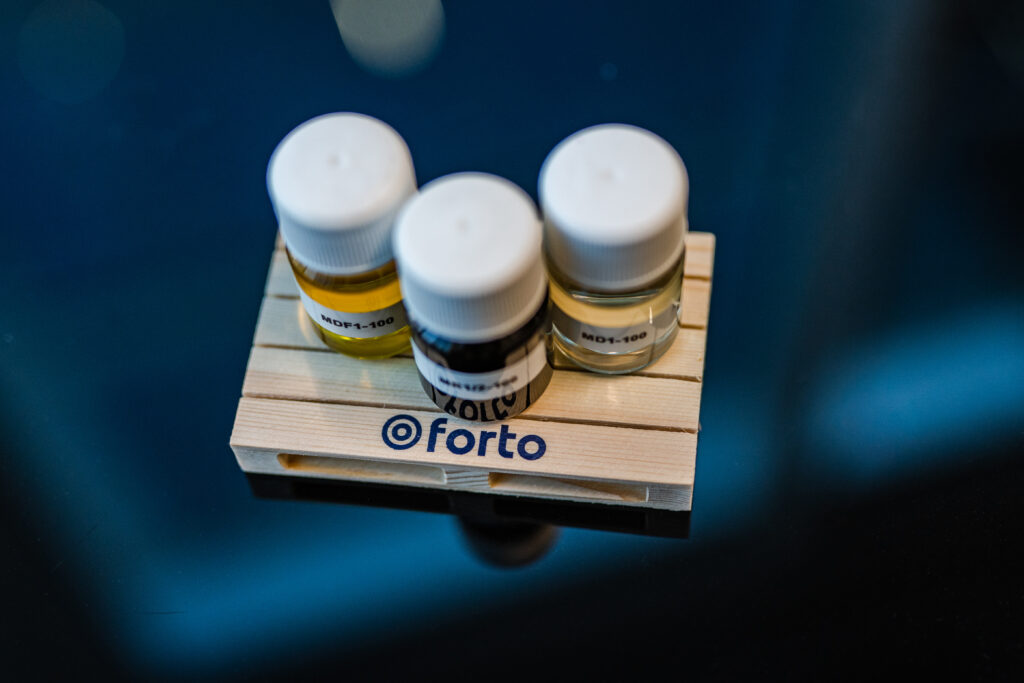As we near January 1, 2024, European trade is about to undergo a major change with the introduction of shipping activities into the EU Emissions Trading System (ETS), requiring businesses to account for emissions during transportation. This is not just another regulation to comply with; it’s a call to action for businesses involved in import and export across Europe. The EU ETS marks a significant move towards sustainability in global trade, and it’s important to grasp its intricacies for your business to thrive in this new era.
What is the EU ETS?
The EU ETS is an innovative form of environmental regulation that uses a cap-and-trade system to reduce greenhouse gas emissions. It sets a ceiling on emissions, creating a market for trading emission allowances. This system encourages companies to innovate and reduce their carbon footprint, as lower emissions translate to fewer allowances needed and potential financial savings or earnings.
The Impact of the EU ETS on Transport and Logistics
Starting January 1, 2024, shipping will be included in the EU ETS. This program sets an annual limit on greenhouse gas (GHG) emissions and requires the purchase of allowances for emissions. By including shipping, the EU ETS puts a price on GHG emissions.
Shipping companies will incur an additional cost to comply with the EU ETS directive. This cost will be passed on to shippers and cargo owners with bookings under the EU ETS scope as an ‘Emissions surcharge’. The emissions surcharge will only apply to bookings where the Port of Loading and/or Port of Discharge of the ocean journey is located in EU/EEA countries within the EU ETS scope.
The inclusion of shipping in the EU ETS marks a significant change for the logistics sector. It’s no longer just about getting goods from point A to B; it’s about doing so in an environmentally conscious manner.
Impact on Your Business
Cost Implications: The price of emission allowances is now an integral part of your financial planning. Higher emissions mean higher costs, impacting your bottom line.
Market Dynamics: The shift towards sustainability goes beyond regulation and is quickly becoming a core value for consumers and businesses alike. Adapting to this change isn’t just compliance; it can also be a competitive advantage.
Adjusting to the EU ETS with Forto
- Emissions Visibility: Start with understanding your current emission levels. Forto’s emission reporting can provide valuable insights, forming the foundation for your emission management strategy.
- Minimise Emissions: Embrace sustainable innovation in your logistics. Consider options like Forto’s sustainable shipping solutions, which offer up to 100% emission reduction through biofuel usage.
- Capitalize on Carbon Credits: Efficient emission management can turn into a profitable venture. Selling excess allowances can become an additional revenue stream, rewarding your sustainability efforts.
Adopt a Future-Ready Approach
In this new sustainable era of trade, being future-ready means being sustainability-focused. The EU ETS does not have to be just another regulatory requirement; it can become a catalyst for innovation in your supply chain that benefits your business and the planet. By leveraging solutions like those offered by Forto, your business can meet the demands of regulation while leading the way in sustainable trade practices that set the standard for environmentally responsible logistics.
For a deeper dive into this topic and to understand how Forto’s services can help your business, explore their offerings and insights at https://forto.com/en/sustainable-logistics/ .








